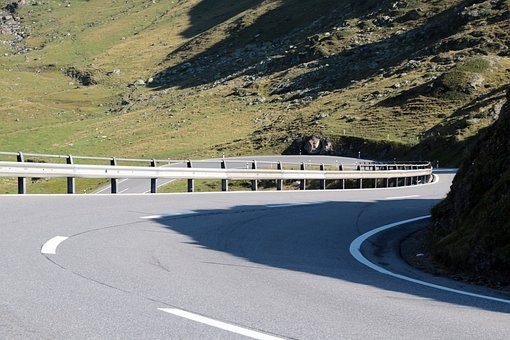A while ago, browsing casually in the candy aisle as one does (at least if one is me), I was briefly taken back to childhood by a display of old-fashioned kinds of gum, including clove and Black Jack. My father, who was fond of licorice, chewed Black Jack gum. I thought it was gross then and see no reason to change my opinion now.
What really caught my attention, though, was the handwritten sign: “Vintage Gum.” Now, “vintage” might be appealing for selling collectibles or clothing. But gum? My mind immediately came up with possible ad copy: “Found behind a shelf in the back room after 47 years!” “Hand-scraped from the bottom of antique school desks!” “Only chewed by a first-grader who spit it out as soon as the flavor was gone!”
I was also reminded of one of my own vintage gum-related experiences. We visited some relatives I didn’t know, and I was introduced to one of my second cousins, a little girl about my age. She was chewing gum, and she asked if I would like some. I said sure, assuming she meant we would go into the house to ask her mother for some. Instead, she took the wad of gum out of her mouth, pulled off a piece, and offered it to me.
This generous gesture presented a sticky etiquette question. I appreciated the thought. I didn’t want to hurt her feelings by saying what I was thinking, which was “yuck!”. Yet there was no way I was going to put that ABC gum, covered with her spit, into my own mouth.
Somehow, I managed to say some version of “thank you but no thanks.” It must not have offended her, because she popped the gum back into her mouth, and we went off to play. At some point, I’m guessing, she probably spit out her gum somewhere in the yard.
Where that insignificant wad, like so many others, was forgotten. It dried up, or was eaten by ants, or maybe even ended up on the bottom of someone’s shoe. Except for that possible someone, nobody cared what became of it.
I had no idea, until I read a recent Smithsonian article, just how important vintage gum could be. At least when you stretch the term “vintage” to mean thousands of years old. The focus of the article was a piece of birch gum, found in Denmark at an archaeology dig, and dated to 5,700 years ago.
Birch pitch, made by heating the tree’s bark, was commonly used across Scandinavia as a prehistoric glue for tasks like attaching stone tools to handles. Most of the pieces that have been found carry the marks of human teeth. Maybe people chewed it to soften it, or maybe they used it medicinally, or maybe they just liked to chew gum.
Here’s what’s so significant about those ancient wads of gum. Researchers were able to extract DNA and sequence the full genome of the person who had chewed this particular piece.
They learned that the gum-chewer was female. She had dark skin, dark hair, and blue eyes. She was more closely related to people from present-day Spain than present-day Sweden, which provided information about early migration patterns. Not long before chewing the gum, she had eaten a meal that included duck and hazelnuts. Her diet, plus other artifacts at the site, indicated the people there were hunter/gatherers rather than farmers, even though farming was already well established in this area.
They were even able to identify microbes in the woman’s mouth. Most were types commonly found in most of our mouths today; there was also bacterial evidence that she had gum disease.
Researchers have also extracted the DNA of several different people from pieces of birch gum found at a 10,000-year-old site in Sweden. The possibilities are fascinating, especially because birch gum turns up at archaeological sites more often than other possible sources of DNA like human remains. It is amazing what can be learned from something as ordinary as a piece of gum.
Back when my cousin innocently offered me half of her gum, I was horrified. I would have been even more horrified had I known how much of herself she was really offering to share. If you chew gum, be careful where you spit it out. That spit-covered wad can reveal more about yourself than you may want anyone to know.






